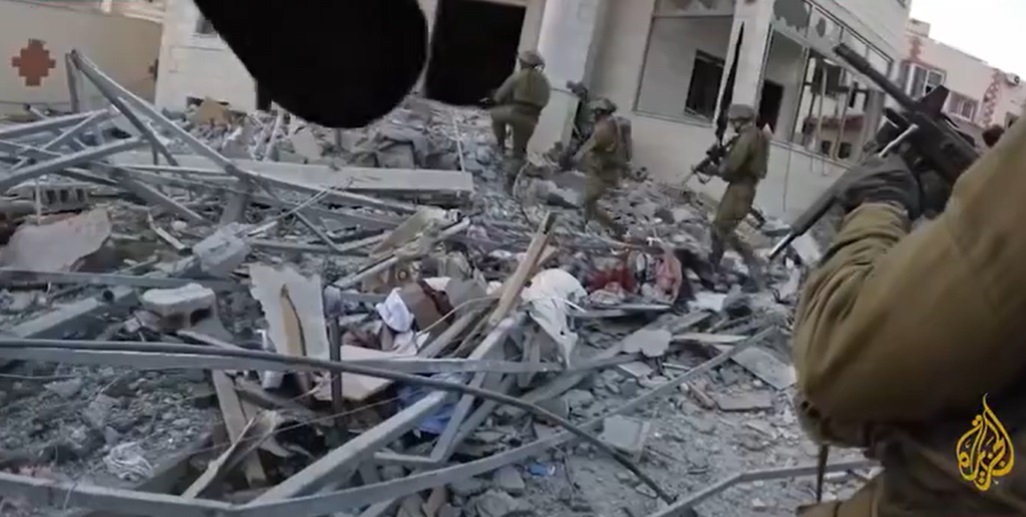Discrepancy in Captive Numbers: U.S. and Israeli Officials at Odds Over Hamas Hostage Estimates

Watan-American officials estimate that the number of live Israeli captives held by Hamas in the Gaza Strip does not exceed 50. In contrast, Israeli Prime Minister Benjamin Netanyahu has stated that there are 120 captives, both alive and deceased, while the Israeli military estimates that 116 captives are still alive.
Netanyahu’s Commitment
During a meeting with the families of deceased captives in Gaza on Thursday, Netanyahu declared, “We are committed to bringing them all back, meaning the 120 captives, whether alive or dead, and we will not abandon anyone.”
Military Estimates
The Israeli military recently estimated that Hamas captured 251 people during its attack on Israel on October 7th, with 116 of them still alive in Gaza and 41 deceased.
The UN Special Rapporteur for the Palestinian territories mentioned that “Israeli and foreign soldiers hid inside an aid truck” to execute the operation that resulted in the recovery of four captives.
New American Estimates
American officials, familiar with the latest intelligence, estimate that the number of live captives in Gaza is around 50, less than half of the 120 captives in the sector, according to the Wall Street Journal.
The newspaper reported that the Israeli military has so far recovered seven live captives through military operations in the sector. Previously, 50 captives were released by Hamas in exchange for 150 Palestinian prisoners in a deal between the two sides last November.
Lack of Information from Hamas
These estimates come while Hamas has not yet announced the final number of captives it holds or those held by other factions.
Hamas leader Osama Hamdan told CNN that no one knows the number of live Israeli captives in Gaza, stressing that any deal for their release must include guarantees of a permanent ceasefire and a complete Israeli withdrawal from Gaza.
The Qassam Brigades, Hamas’s military wing, has previously announced several times that some captives have died in Israeli airstrikes on Gaza since October 7th.
Negotiation Stalemate
With this disparity in estimates, the Biden administration is increasingly skeptical about the possibility of Israel and Hamas reaching a comprehensive agreement for the release of captives and a ceasefire under the current framework, according to Politico, citing four American officials familiar with the negotiations.
Biden’s proposal outlines a three-phase agreement. In the first phase, fighting would cease for six weeks, allowing Israeli forces to withdraw from populated areas in Gaza and the release of Israeli captives and Palestinian prisoners.
In the second phase, Israel and Hamas would attempt to negotiate an end to all hostilities and release the remaining captives.
The third phase involves the reconstruction of Gaza.
Disagreements on Terms
Both Israel and Hamas have generally agreed to the terms outlined in the first phase but disagree on how to officially end the war. Despite initial optimism about the agreement, American officials believe these disagreements could derail the entire agreement, according to two officials who spoke to Politico on condition of anonymity.
One of the officials said the second phase is the “sticking point,” adding, “If we could do the first phase separately, we would have done it by now.”
Hamas wants Israel to agree to a complete withdrawal from Gaza, but Israeli officials have said they will not agree to a complete withdrawal until Hamas is fully dismantled, a goal that could take months or even years to achieve.
Neither side shows signs of being willing to compromise, raising concerns among American officials that the war could continue for an extended period, possibly lasting months. One official believes the situation will remain unchanged at least until the end of the year.






